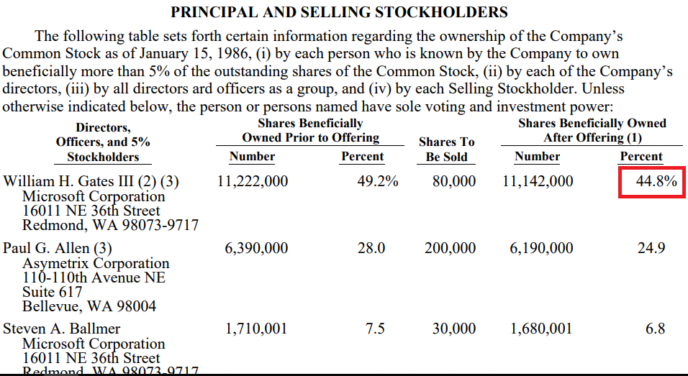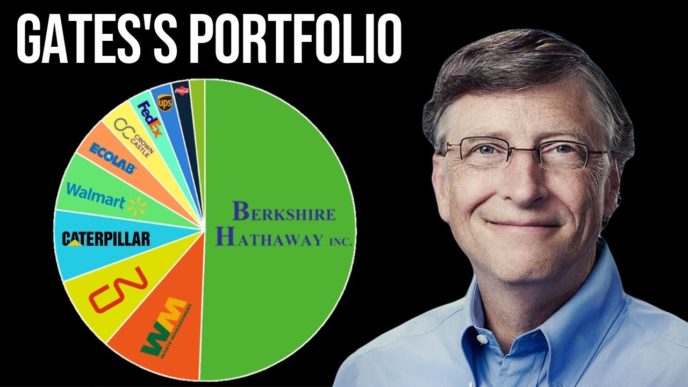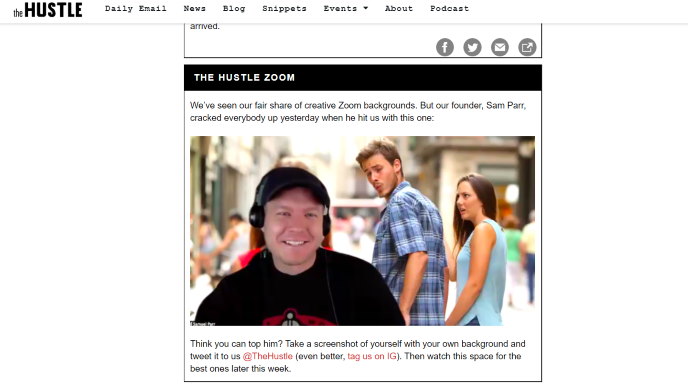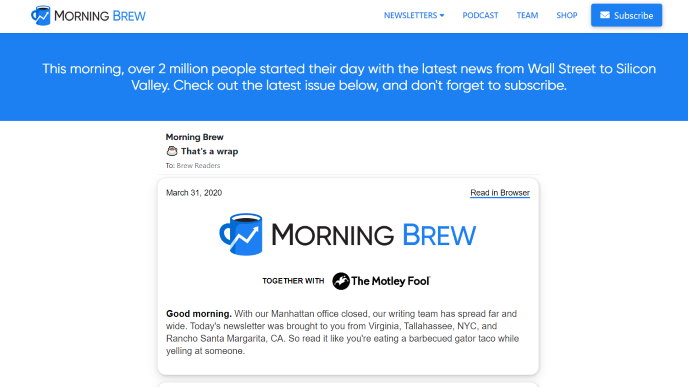With over 1 billion hours of YouTube videos watched daily, YouTube is a must for any business looking to grow its customer base.
Today, people rather watch videos instead of reading long paragraphs of text. So, if you want to reach a wider audience, you need to focus less on writing long-form text content and more on producing helpful value-driven YouTube videos.
In this post, I’ll cover 6 tips on how to optimize your videos and get more customers from YouTube. But first, let’s get clear on why you should use YouTube to grow your business.
Why Use YouTube to Grow Your Business?
YouTube is the most popular online platform, with 73% of US adults using the platform. Imagine how many potential customers that is!
With YouTube video marketing, you can get a lot of eyes on your products or services, engage with customers and provide value. All of which will help you boost sales and revenue for your business.
For instance, you can create video tutorials on using your products, publish new product demos, vlogs, testimonials, or reviews, host live Q&As, podcasts, and more.
Now that you know why YouTube is great for growing your business, let’s look at 6 tips on how to best leverage this platform.
1. Create a Business YouTube Account
If you’re serious about using YouTube to get more customers for your business, your best option is to create a brand account on Google.
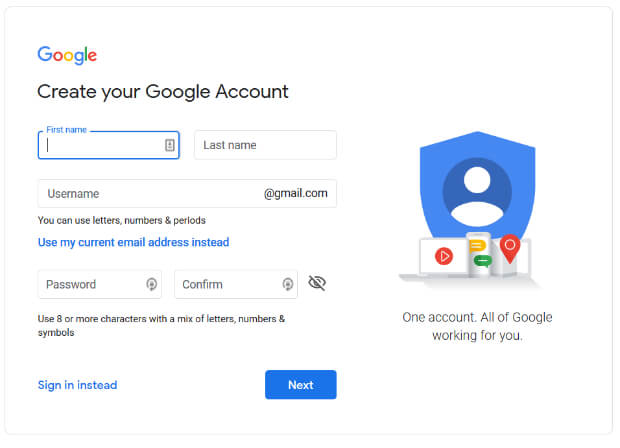
For starters, a personal account only gives you access to manage the account. It’s connected to your name and email, which you’d want to keep private. But with a brand account, multiple users can log in and make updates to the channel.
In addition, a brand account also lets you manage multiple YouTube channels. Adding more channels may be necessary as your video marketing efforts grow and you want to segment them based on topics.
2. Research Your Target Audience
Before producing videos, you need to find out what your target audience is and what content they like to watch. Start by getting to know your YouTube viewers and how they consume their content.
For instance, more than 70% of all YouTube video consumption is via smartphones, according to YouTube. And Broadbandsearch revealed that users spend an average of 40 minutes per day watching YouTube on mobile devices.
That means that you need to avoid using small text overlays and make your video content easily digestible on smaller screens. More specifically, you need to tailor your content to your buyer persona to capture viewers’ attention and convert them into customers.
The best way to see whether your content aligns with what customers want to watch is by checking your YouTube analytics. Use the analytics tab to learn as much as you can about your YouTube audience and their behaviour.
Also, if your viewers leave you comments, read them carefully to pick up on their interests and preferences. Don’t forget to respond and engage with your audience to help grow your channel as quickly as possible.
3. Optimize Your Videos for More Views
Did you know that YouTube videos show up in 70% of the top 100 Google search results? YouTube is a video search engine, but YouTube videos rank high even in Google’s search results since Google owns it.
And because YouTube marketing is all about presentation, writing captivating, must-see titles is what can make or break your video performance. So, you need to optimize your videos to stand the best chance to show up in search results and get more eyes on your content.
You can find relevant keywords to include in your title by using YouTube’s autosuggest. All you need to do is entering the subject of your video, and it’ll give you suggestions of searches.
Here’s, for example, what comes up when typing in “how to write a book”:
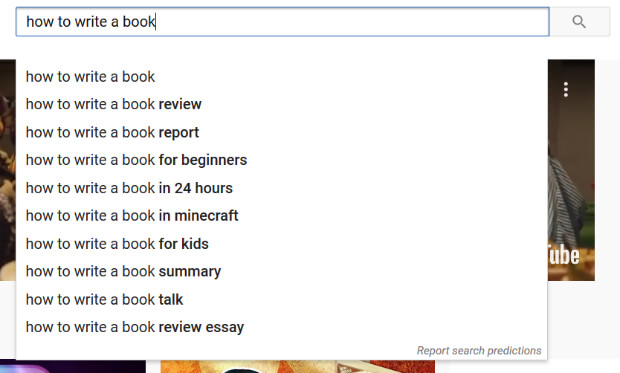
These are all excellent keyword ideas you can include in your title.
Overall, you need to consider the following when optimizing your YouTube videos:
Create an enticing title, including your target keyword. Write an informational video description based on your keywords. Remember to also add links to your website and social media networks. Create an eye-catching video thumbnail. Add CTA cards, end screens, bumper ads, and watermarks. Use tags and categories to optimize your video content. Encourage users to like, share, and subscribe to your channel.
4. Develop a Consistent Publishing Schedule
Your followers will expect videos to be available on a reliable and consistent schedule. You can check your analytics to figure out the day and time with the highest engagement and views.
And once you’ve pinpointed the best day and time, you should aim to publish consistently within this window.
Fortunately, there are scheduling tools that can help you publish video content on auto-pilot. For instance, you can use Creator Studio or Hootsuite to help you schedule videos in advance and maximize views and engagement.
5. Attract New Followers to Your Channel
A crucial step in getting more customers from YouTube is to optimize your channel to attract new followers.
The first thing you need to do is create a keyword-rich description of your channel. Include an overview of what users can expect when subscribing to your channel and link to your website and social profiles.
For example, the YouTube channel MuscleNMind includes keywords like “personal trainer,” “bodybuilding,” and ”fitness tips” to their description.
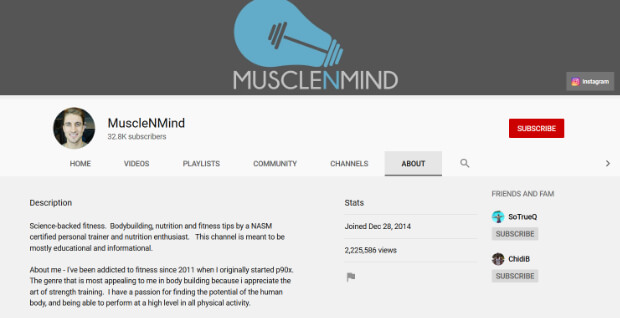
Next, create a compelling YouTube banner to visually welcome users to your channel and upload a high-resolution logo as a profile picture.
In addition, to get users intrigued and want to watch more videos from your YouTube channel, you can create a channel trailer. The trailer should introduce your brand and what type of content you’ll publish.
Try to make it compelling so that users want to come back for more and browse your video playlist. Give them a good reason to subscribe.
6. Utilize YouTube Advertising
YouTube advertising is an effective way to expand your reach beyond your channel. It allows you to target an audience that you think might be interested in your video content.
The good news is that people are three times more likely to click on video ads versus TV ads, so if you want to grow your channel or promote your business, YouTube ads are great options.
There are four different categories for YouTube ads, including:
Video discovery ads (also known as in-display ads) Skippable in-stream ads Non-skippable in-stream ads, including bumper ads Non-video ads in the form of overlays and banners
Lastly, you can also promote your channel for free by posting it on your social media channels and embed your YouTube videos on your website. For instance, with a YouTube feeds plugin like Smash Balloon, you can quickly embed and display a standard feed of your videos, specific playlists, or live streaming videos.
Over to You
And there you have 6 actionable tips to get more customers from YouTube. With these tips, you can use YouTube video marketing to boost customer engagement, generate new leads, and get more sales for your business.
